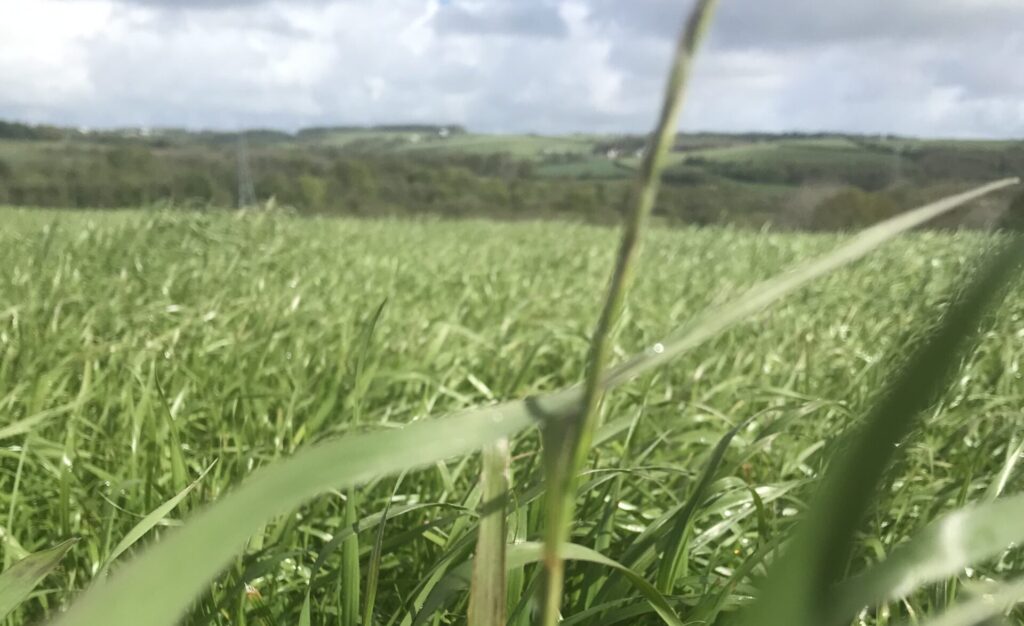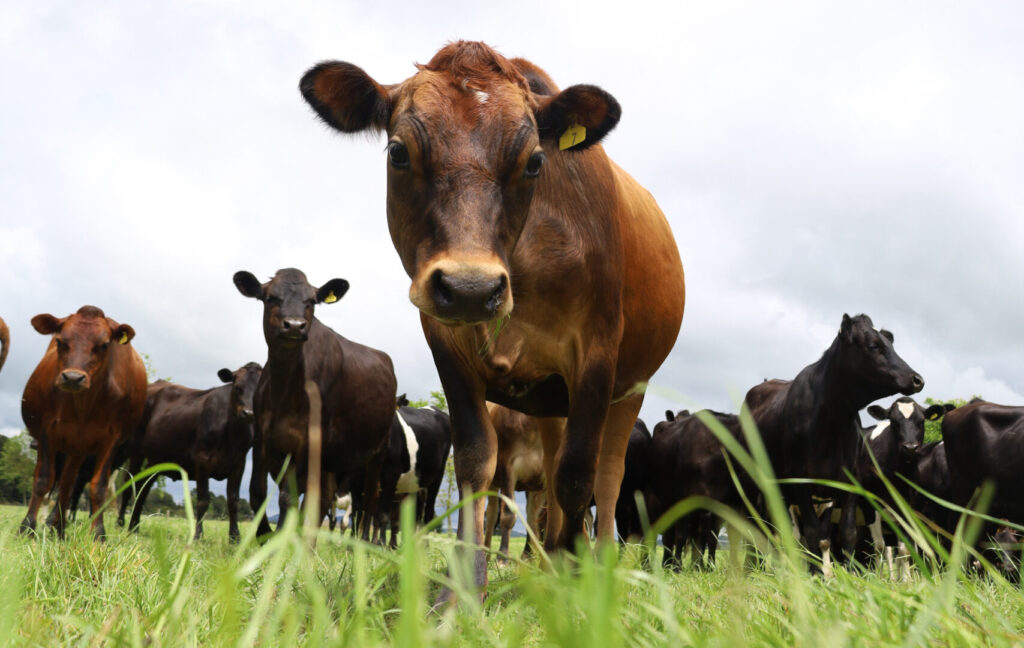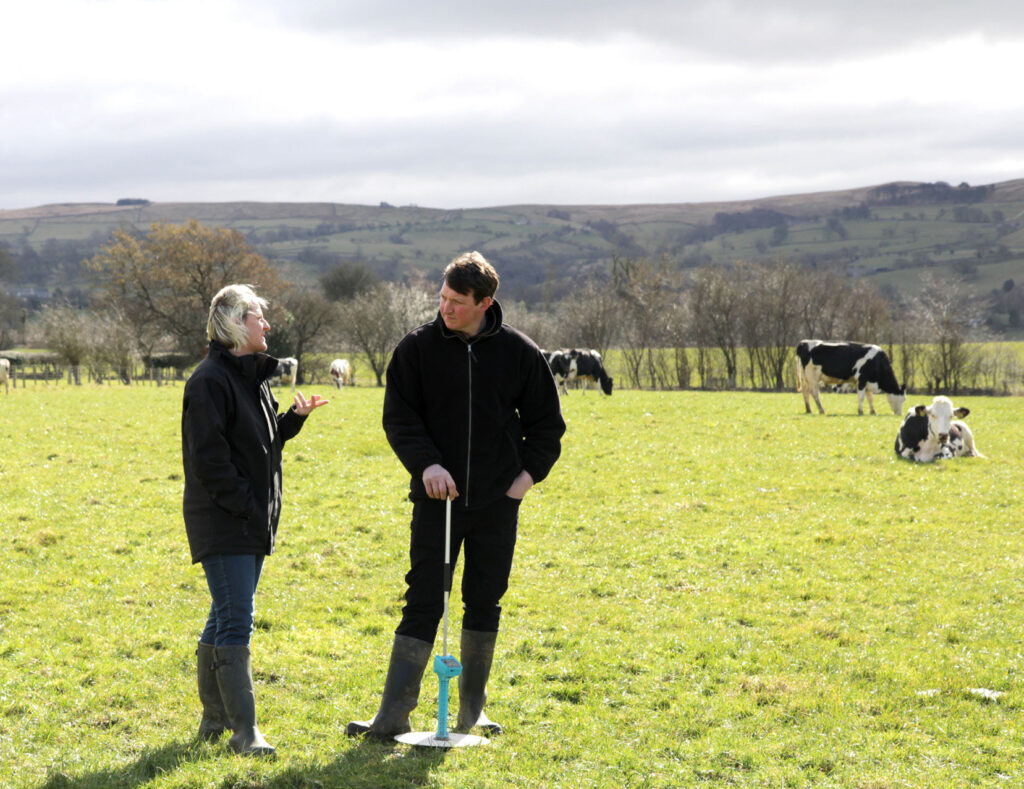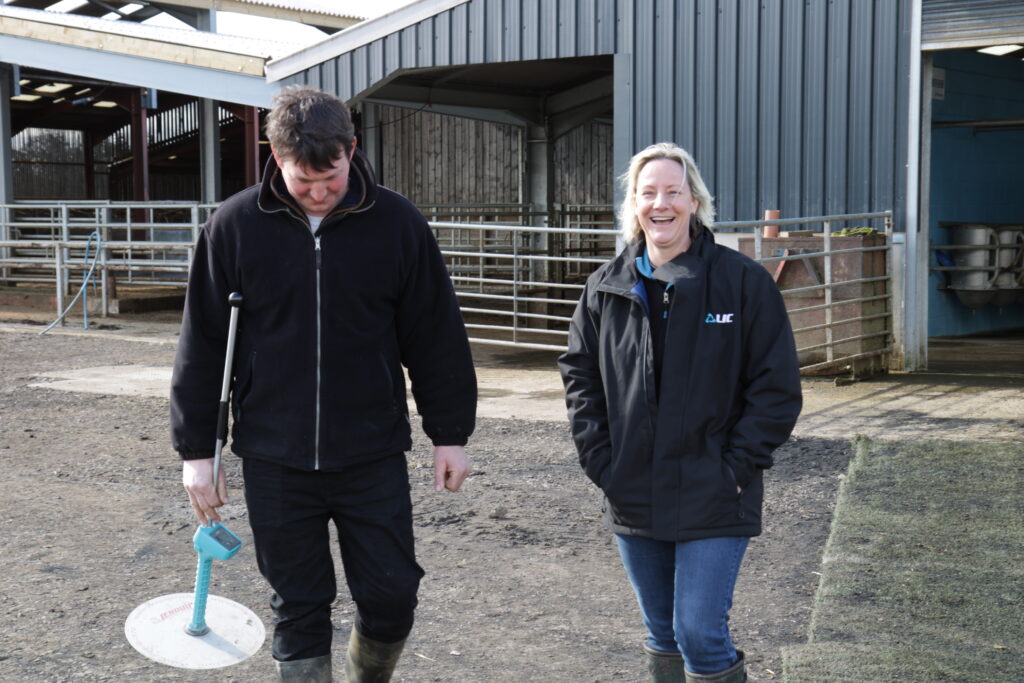by Bess Jowsey, Pasture to Profit farm consultant
Ongoing social distancing and the spring weather have made the past month very unusual. I believe it has been the longest period of sustained sunshine I’ve experienced since arriving from New Zealand 10 years ago. While fine weather is welcome it has farmers nervous about the season to come.
Think back to the 2018 drought. Did you make the right decisions at the right time or were there things you should have done differently? Drawing on this experience could be extremely valuable if minimal rainfall continues over the coming summer months. The best thing you can do is have a plan. You may not need to implement it, but you will be prepared if you do need it.
Protect your grass growth
Start your plan with protecting the grass growth. This is two-fold. Do not graze a paddock before it has grown its third leaf as it holds 45% of the dry matter. This means slowing your rotation length down to match leaf emergence. Many of you may have already done this, and those who actively monitor grass growth can do this more accurately.
To protect regrowth ensure stock are not on the same area for more than two days. Grass uses energy from its rootstock to push up its first leaf post-grazing. If this is re-grazed prematurely a grass plant under stress from lack of moisture is likely to revert to growing seed-head in an effort to survive, or it will stop growing altogether and perhaps die.
Slow the round length by reducing stocking rate if possible. Include more grazing area, which would normally be ensiled, or increase supplementary feed like concentrates or buffer.
Focus on winter forage
Look ahead to your winter forage needs. Delaying silage cutting to grow ‘bulk’ could be seen as a solution to a potential shortfall. This will likely push cutting to beyond heading date resulting in a drop in feed value. You will need to balance this with your stock requirements to decide if this is a suitable option.
Delaying cutting will also increase the risk of white stem developing at the base of the sward, which will significantly slow regrowth post-cutting if it remains dry. What are your forage requirements for this winter? If you miss a cut of silage through summer will an autumn cut make up the shortfall? Knowing this can put you ahead of others to purchase cheaper feed if it’s needed.
Use nitrogen wisely
If you are not already, moderate the use of nitrogen fertiliser. Without moisture plants cannot absorb nitrogen, so applying it is a waste of money and nutrients. Once the rain arrives do not try and catch up on missed applications. Instead dirty water can give a useful boost on grass reseeds or post-harvest. But it may only offer a short-term respite to your more vulnerable plants.
Contact your local Pasture to profit farm consultant for support in managing summer grazing.



